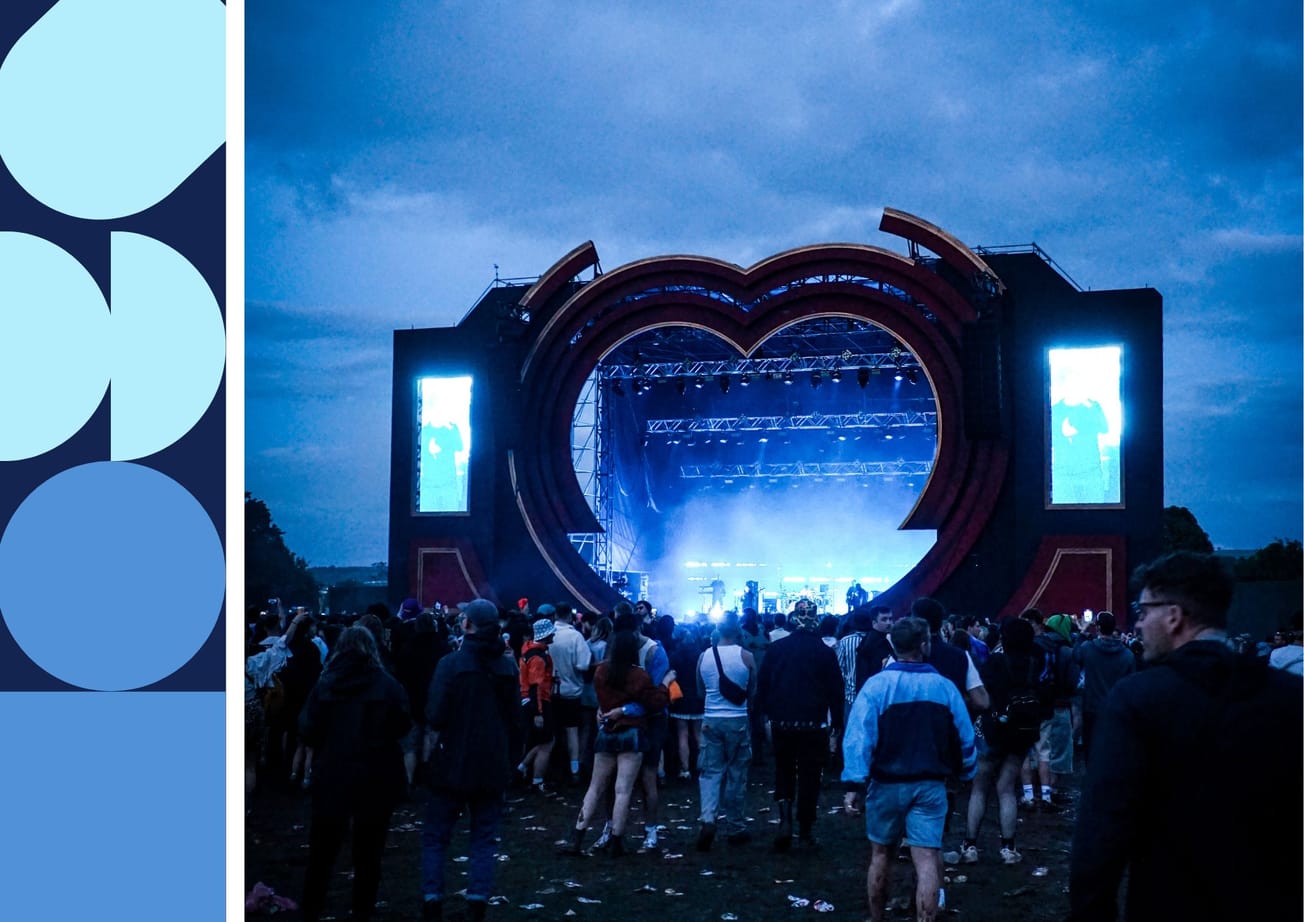By Marine Saint, Deputy Editor and Features Columnist
Matthew Bourne’s ballets have always stood out to me for their dark twists on traditional ballet stories and intoxicating choreography. The most recent touring ballet from the New Adventures company, ‘Sleeping Beauty’, is no exception and can be seen at the Bristol Hippodrome from Tuesday 28th February to Saturday 4th March.
Seeing Matthew Bourne’s adaptations of Swan Lake, famously with an all-male corps de ballet, and more recently Romeo and Juliet, left a resounding impact on me and remain some of my favourite ballet productions I have ever seen. I had high expectations when going to see ‘Sleeping Beauty’, and was immediately enticed by the gothic take on the classical fairy tale and the haunting use of Tchaikovsky’s iconic score.
New Adventures first premiered its adaptation of ‘Sleeping Beauty’ in 2012 and has well and truly re-awakened the beloved tale. The Tchaikovsky and Petipa ballet from 1890 is perhaps one of the most famous versions of the fairytale in ballet form, and Matthew Bourne’s direction, choreography, and new scenario as well as Lez Brotherston’s innovative and sumptuous set and costume design promises to add a nuanced and somewhat darker version to the cannon.

The symbolism of rebirth, womanhood, and supernatural obsession running through the ballet was stunningly brought to life by the New Adventures company, with the standout Katrina Lyndon portraying Aurora, the spirited young princess coming of age and reincarnated in gothic glory under Caradoc’s control, strikingly performed by Ben Brown. The gothic vampire and fairy stylisation of the ballet was most impressively depicted in the sultry blood-red ball sequence of Act 2, which tied the initial period Edwardian setting of 1911 English nobility to 2011 contemporary Britain, where the enchanted manor frozen in time became a mythic tourist site guarded by thuggish fairies.
Bourne described his influences when researching for the ballet, which of course was founded on the score itself to drive the storyline, along with bearing striking similarities with the Brothers Grimm 1812 Little Briar Rose. I was struck by how tragic and morbid Bourne’s take on the story was, combining tragic doomed love, the ballet battle between good and evil embodied by the principal antagonist Carabosse, and crucially the century-long curse.
"It's done through the love of it"
— Scala Radio (@ScalaRadio) February 23, 2023
With his production of Sleeping Beauty currently on tour, @SirMattBourne can now say he's done all of Tchaikovsky's much-loved ballets, and regardless of the pressure he feels to live up to the music, his love for it shines through! pic.twitter.com/2ik3XjOx0K
Set designer Brotherston created a detailed fantasy world on stage which could be adapted to the narrative jump of the ballet, with the uniform English gardens switching to an overgrown and abandoned forest, nature overtaking the previous order. The motif of roses throughout was explored as both entrancing and dangerous, the core of the stunning pas de deux between the young lovers Aurora (Lyndon) and Leo (a heartfelt and technically dazzling performance by one of New Adventure’s latest members Rory Macleod), as well as Aurora and her prisoner Caradoc.

I was equally drawn to the forest of corset-clad, blindfolded bodies in the sleep-walking forest sequence, with dim fairy lights lining the trees on stage, reflected across the mirror-lined stage and smoky haze. The idea of blinding, or being locked in a sleep-like state, was evocatively portrayed in dance, a form of art highly tuned to the senses. Aurora’s blindfold before her climactic kiss of life was a truly enrapturing moment and encapsulated the entire heart-wrenching and wrought tension of the show.
Bourne’s modern ballet fusion always surprises and entertains, finding the humour in extravagant characterisation and story tying the beauty of ballet and its famous music together in inventive and often eerie ways. This was made evident from the start of the piece, where puppetry and masked figures foreshadowed the forbidden love story and magical influences of the curse to follow. A satisfying dance motif which especially captured the audience was the joyful portrayal of Aurora and her suitors through waltzes at the garden party, using the Disney film’s theme ‘Once upon a dream’ to mark the transition to the gothic fantasy world of vampires and disturbing possession of Aurora by Caradoc.

Throughout the exquisite ballet of Sleeping Beauty, the magic of ballet and its fantastical storyline were brought to life in an invigoratingly refreshing way. With undertones of modern dance inspiring the choreography, especially that of the fairies led by the flawless Paris Fitzpatrick as Count Lilac, to the gloriously ornate, if not at times shockingly violent decor and mood, the New Adventures company’s latest revival is sure to delight and alarm audiences.
Featured Image: Courtesy of Johan Persson
Have you seen any New Adventures company productions?








